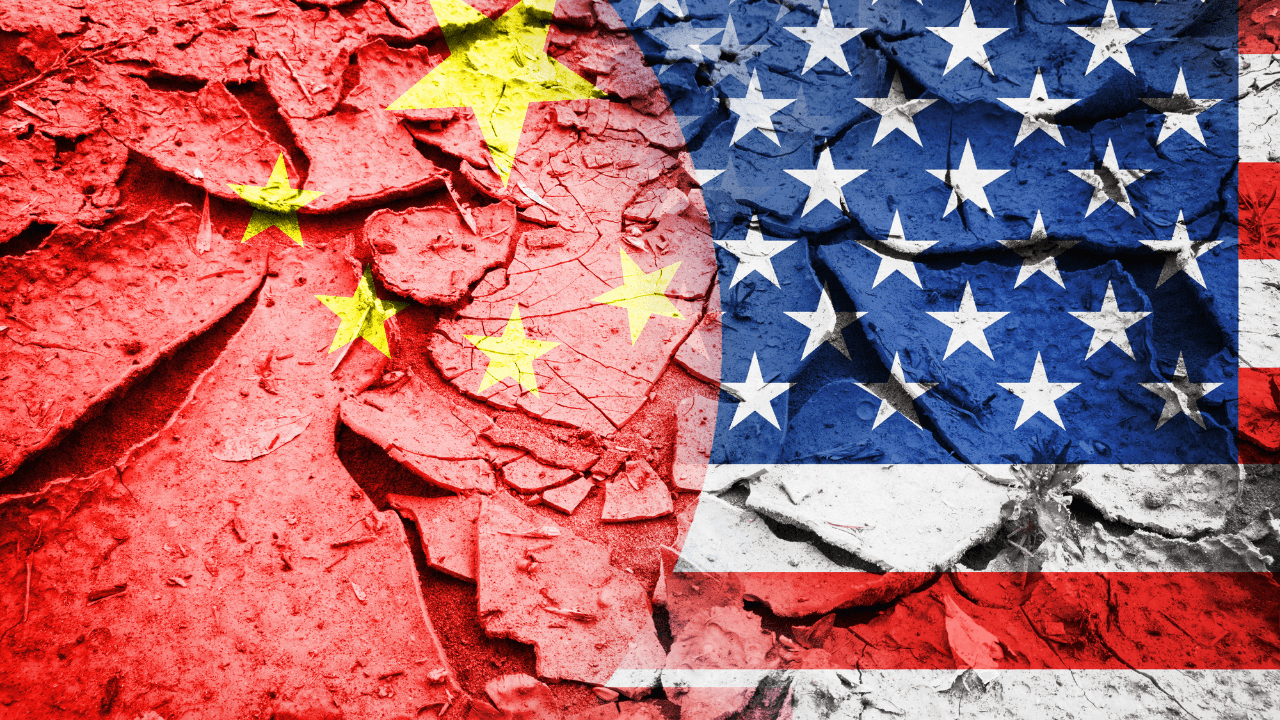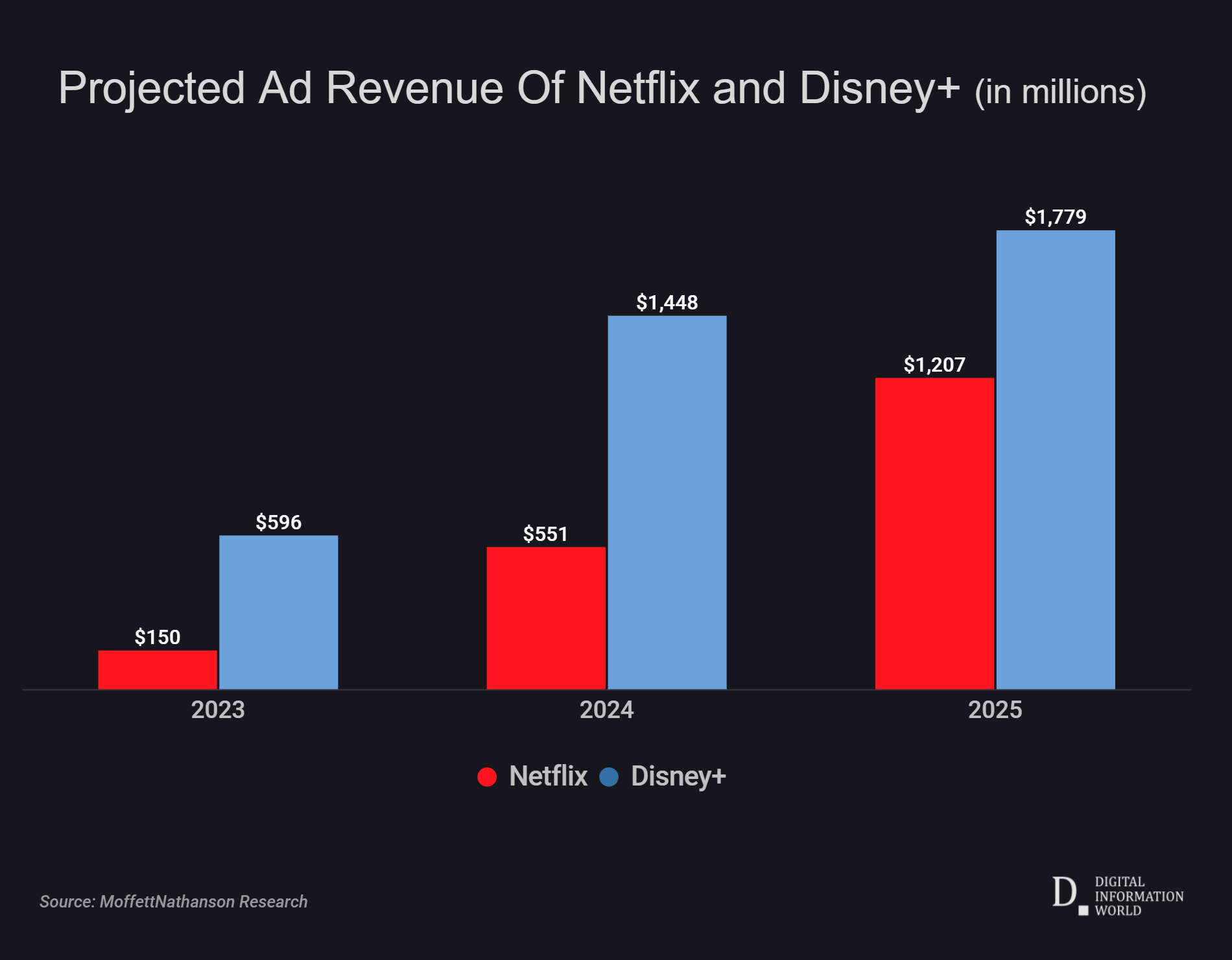The Great Decoupling And The Future Of International Trade

Table of Contents
Geopolitical Tensions and Trade Wars
Rising geopolitical tensions, primarily between the US and China, are a primary catalyst for the Great Decoupling. Years of escalating trade disputes, characterized by the imposition of tariffs and trade restrictions, have profoundly altered global trade patterns. These actions, often driven by national security concerns and differing economic philosophies, are forcing nations to reconsider their reliance on global supply chains.
- Examples of specific trade disputes and their consequences: The US-China trade war, initiated in 2018, involved the imposition of tariffs on hundreds of billions of dollars worth of goods, impacting industries ranging from agriculture to technology. This led to increased costs for consumers, disrupted supply chains, and fostered uncertainty in global markets. Similar disputes between other nations further exacerbate the trend.
- Impact on specific industries and countries: Industries heavily reliant on cross-border trade, such as manufacturing and electronics, have been particularly affected. Countries heavily integrated into global supply chains, especially those reliant on specific trading partners, experienced significant economic repercussions.
- Analysis of the effectiveness of protectionist measures: While protectionist measures aim to bolster domestic industries, their effectiveness is often debated. Studies have shown that tariffs can lead to higher prices for consumers and reduced overall economic efficiency, potentially outweighing any perceived benefits.
Technological Advancement and its Impact
Technological advancements are not just influencing the pace of decoupling, but also enabling it. Artificial intelligence (AI), automation, and advanced manufacturing techniques are empowering nations to become more self-reliant, reducing their dependence on foreign suppliers. This trend is further fueled by the rise of "friend-shoring" and "near-shoring," where companies relocate production to countries with closer political and economic alignments, prioritizing security and reducing reliance on potentially unstable regions.
- Examples of technologies facilitating decoupling: Automation in manufacturing reduces the need for low-cost labor in distant locations. AI-powered supply chain management tools enable companies to optimize their logistics and diversify their sourcing.
- The role of automation in reducing reliance on global supply chains: Increased automation allows companies to bring production closer to home, reducing transportation costs and geopolitical risks associated with long and complex supply chains.
- Discussion on the potential for technological decoupling to create new trade blocs: Technological advancements might lead to the formation of new trade blocs based on technological compatibility and shared standards, potentially fragmenting global trade further.
The Rise of Regional Trade Agreements
The Great Decoupling is accelerating the growth of regional trade agreements (RTAs). As globalized trade faces challenges, nations are increasingly turning to RTAs as alternatives, fostering closer economic ties within specific geographic regions.
- Comparison of different regional trade agreements and their implications: The EU, USMCA, and CPTPP represent different models of regional integration, each with its own implications for trade flows and economic governance.
- Potential benefits and drawbacks of regionalization: While RTAs can boost intra-regional trade and economic cooperation, they may also lead to trade diversion and hinder global integration.
- The role of regional trade agreements in mitigating the effects of decoupling: RTAs can help to reduce the negative impacts of decoupling by providing alternative markets and diversifying trade relationships.
Supply Chain Diversification and Resilience
Recognizing the vulnerabilities of globally integrated supply chains, companies are actively diversifying their sourcing and manufacturing networks. This strategy aims to mitigate risks associated with geopolitical instability, natural disasters, and pandemics. However, this diversification comes with challenges and significant costs.
- Examples of companies successfully diversifying their supply chains: Many multinational corporations are strategically relocating production facilities, sourcing from multiple suppliers, and building buffer stocks to enhance resilience.
- Strategies for building more resilient supply chains: This includes identifying alternative suppliers, investing in technological solutions for improved supply chain visibility, and strengthening relationships with key partners.
- The role of government policies in supporting supply chain diversification: Governments are playing an increasingly important role in supporting supply chain diversification through incentives, infrastructure investments, and strategic partnerships.
The Future Landscape of International Trade
The Great Decoupling is reshaping the future of international trade, leading to a more fragmented and regionalized global economy. The implications are far-reaching and complex, affecting various industries and economies differently.
- Possible scenarios for the future of global trade: Several scenarios are possible, ranging from a continued trend towards decoupling and regionalization to a potential re-integration driven by economic necessity.
- The implications for different industries and economies: Industries heavily reliant on global supply chains will likely face significant restructuring, while some regional economies may thrive in a decoupled world.
- The potential for increased regionalization and fragmentation: The long-term impact may involve the emergence of several regional trade blocs, potentially leading to a less integrated and more protectionist global economy.
Conclusion: Navigating the Great Decoupling and the Future of International Trade
The Great Decoupling is a multifaceted phenomenon driven by geopolitical tensions, technological advancements, and the need for more resilient supply chains. Understanding these factors is crucial for businesses and governments alike. The future of international trade will likely be characterized by increased regionalization, diversified supply chains, and a more complex geopolitical landscape. To thrive in this evolving environment, proactive adaptation is essential. We encourage readers to further research the Great Decoupling and its implications for their specific industries and regions, exploring strategies for adapting to this new era of international trade and making informed business decisions in light of the ongoing Great Decoupling and its profound impact on the future of global commerce.

Featured Posts
-
 56 Million Boost For Community Colleges To Combat Nursing Shortage
May 09, 2025
56 Million Boost For Community Colleges To Combat Nursing Shortage
May 09, 2025 -
 Increased Disney Profit Parks And Streaming Revenue Outperform Expectations
May 09, 2025
Increased Disney Profit Parks And Streaming Revenue Outperform Expectations
May 09, 2025 -
 Municipales Dijon 2026 Strategie Ecologiste Pour La Ville
May 09, 2025
Municipales Dijon 2026 Strategie Ecologiste Pour La Ville
May 09, 2025 -
 Bekam Nepobedliv Legenda Na Site Vreminja
May 09, 2025
Bekam Nepobedliv Legenda Na Site Vreminja
May 09, 2025 -
 Edmonton Oilers Playoff Chances Hinge On Draisaitls Recovery
May 09, 2025
Edmonton Oilers Playoff Chances Hinge On Draisaitls Recovery
May 09, 2025
Latest Posts
-
 Uy Scuti Release Date Young Thug Offers Clues On New Album
May 10, 2025
Uy Scuti Release Date Young Thug Offers Clues On New Album
May 10, 2025 -
 Young Thugs Uy Scuti Release Date Teased
May 10, 2025
Young Thugs Uy Scuti Release Date Teased
May 10, 2025 -
 Young Thugs Uy Scuti Album Expected Release Date And Tracklist Rumors
May 10, 2025
Young Thugs Uy Scuti Album Expected Release Date And Tracklist Rumors
May 10, 2025 -
 Young Thugs Uy Scuti Release Date Hints And Fan Reactions
May 10, 2025
Young Thugs Uy Scuti Release Date Hints And Fan Reactions
May 10, 2025 -
 The Beyonce Effect Cowboy Carter Streams Double After Tour Kickoff
May 10, 2025
The Beyonce Effect Cowboy Carter Streams Double After Tour Kickoff
May 10, 2025
